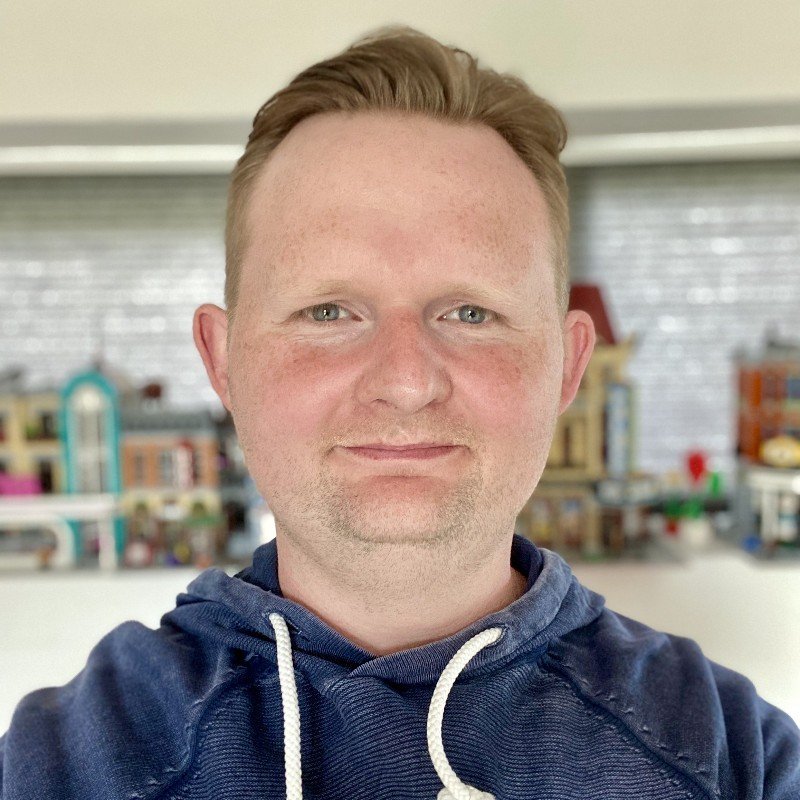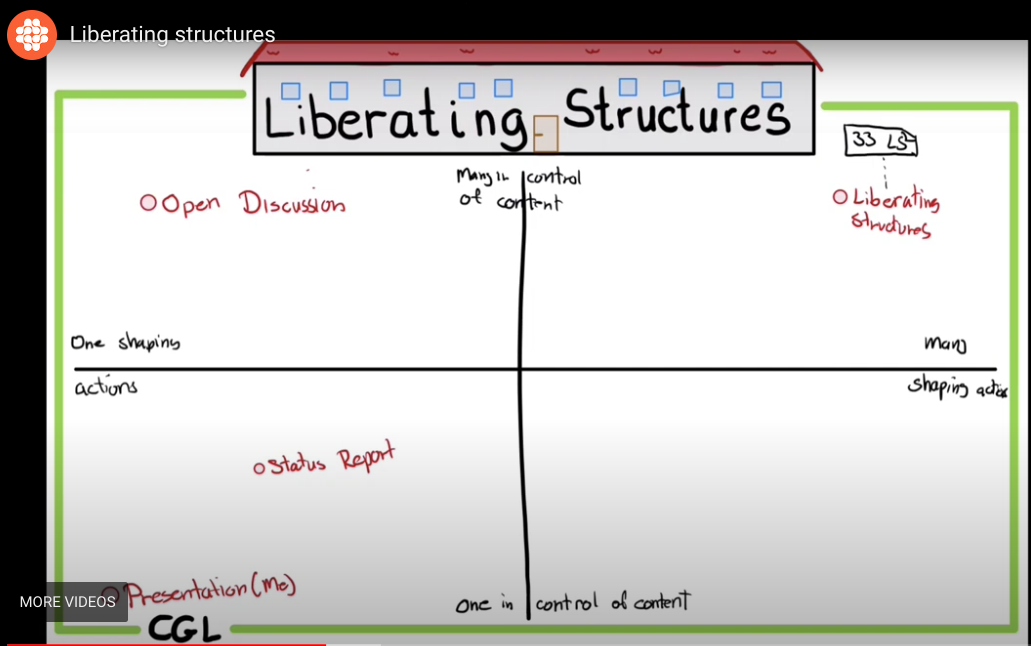By Janus Boye
Carsten Lützen is Scrum Master/Agile Coach at the LEGO Group, where he creates awesome teams and products.
When you feel included and engaged, do you do a better job? Do you think teams that in which people work well together produce much better results? Have you noticed the best ideas often come from unexpected sources? Do you want to work at the top of your intelligence and give the same opportunity to others?
These good questions set the stage for the popular book 'The Surprising Power of Liberating Structures: Simple Rules to Unleash A Culture of Innovation' which came out in 2014 and has since changed how we collaborate and innovate.
Carsten G. Lützen works as a playful agile coach at the LEGO Group and has been working on liberating structures for the last few years and also recently created a collection of liberating structures agenda items which you can pick and choose from.
In a recent member call he shared his insights on how to get people to talk and how to actually liberate structures inside organisations. Below you’ll find my notes from the call and further down there’s a few examples and links to additional helpful resources.
If I ask you in 5 minutes, what would make this an awesome blog post?
To get the participants thinking and also talking, Carsten opened with another question, which I paraphrased above.
The reading time for this post is about 5 minutes, so try to allow yourself to pause for a few seconds without getting distracted. What would make this an awesome blog post?
Our member calls are usually 30 minutes of inspiration and we had also set aside half an hour for this one. Carsten asked us to put our answers in the call chat to this simple question: If I ask you in 30 minutes, what made this an awesome session?
Among the answers we saw in the chat were:
Some solid advice on good remote culture building
Some new ideas to make our team more effective
Learning about how to have better meetings
Energy and original ideas
Some of it we covered more, some of it less, but let’s get going with understanding the topic: Liberating structures.
Introducing liberating structures using a simple model
Carsten shared the below illustration, which he then filled out with text while he was talking.
When you decipher Carsten’s handwriting, you see “one shaping actions” on the left side and “one in control of content” on the button of the slide. A classic presentation is down in the left corner with one person presenting and one on control of content.
A status report tends to be more interactive, an open discussion is in the quadrant above, while liberating structures in general are on the top right quadrant. As Carsten said:
It’s all about clever ways to invite people to participate, so that we can distribute both the work and the talking to a big group with minimum effort.
At the moment there are 34 official liberating structures in the facilitation toolbox, with 5 more in the development.
The five elements of liberating structures
Carsten then moved onto the next slide, which he had already created, showing the five key elements to make liberating structures happen. Think of it a bit like your guide to giving liberating structures a try and your preparation check-list.
Arrange space: What’s the setup required for your session? Open floor, groups of five?
Make an invitation: Don’t force people to do anything. Make it an invitation to participate. This can be a bit abstract and ideally phrased broadly with a ‘how’ question to make the participants think. Good invitations will make or break the session.
Distribute participation: The key is to get everyone engaged from the beginning. Not just the CEO talking for the initial 30 minutes. What's in your toolbox, so that you can distribute it?
Sequence & allocate time: Personally, Carsten never shows up with a PowerPoint slide with all the steps for a workshop, but to help participants navigate and know what to expect, he feeds participants the next steps. The participants need to trust that the facilitator knows what he or she is doing. A big benefit of this is that the facilitator can more easily and freely change course along the way as the workshop progresses.
Configure groups: Groups are a key part of liberating structures and as a part of planning your session, you need to plan how you will configure them.
Liberating structures is like a building block held up by 5 structural elements
The Swiss Army knife of liberating structures
The 1-2-4-All liberating structure is one of the most used. In less than 15 minutes you can get everyone engaged in generating questions, ideas and suggestions.
It’s outlined on the below slide:
Here’s the step-by-step guide:
A question: The facilitator opens with a suitable question
1 minute to ponder about the question in silence. As Carsten said this also gives the introverts an opportunity to get engaged.
2 minutes: Pair up with someone, to talk about your opinion and reflect together.
4 minutes: Each pair goes together with another pair in groups of 4 and they then have 4 minutes to share their views.
5 minute debrief with all
Using this structure, everyone has been engaged for a good collaboration in less than 15 minutes and as Carsten said, you can quite easily use this in most pre-existing meetings.
Diving into liberating structures
From the catalogue of liberating structures, Carsten re-iterated how you can plan a workshop and then have different potential strings or branches to take depending on how the workshop develops. This is the sequence as mentioned earlier and to Carsten, being able to combine and steer in different directions is quite helpful.
He also briefly touched on some of his other favourite liberating structures, including:
Conversation café, an awesome way to structure discussions to make sure everybody has time to voice their opinions. This one has the important detail of a talking object to invite deeper listening
15% solutions, which is all about coming up with solutions that don’t require extra funding or resources. In other words: What do you have the freedom and resources to do now?
As you can tell, these are all about getting people to talk, finding ways to trigger change and making people genuinely involved.
Learn more about liberating structures
So was this an awesome blog post? Did your best hopes come through?
Carsten also runs a great website called agileideas.dk, which despite the Danish top-level domain is all in English. There’s also a growing collection of liberating structures on that site, much of which links to his Youtube channel, which shares agile tips and tricks spread out over 206 (!) videos.
You can also expand your network and join our peer groups or conferences, where the conversation continues. Carsten was a popular guest speaker in one of our Copenhagen groups a few months ago.
As his final slide, Carsten also shared some helpful resources to continue your learning journey with his own commentary:
There’s a really helpful app called LISA, which has categorised the different liberating structures to help you navigate based on your situation
The Liberators have good takes and high quality views
The official description is on liberatingstructures.com, but these can be hard to follow and understand.
Finally, you can also lean back and enjoy the recording from the call below.




